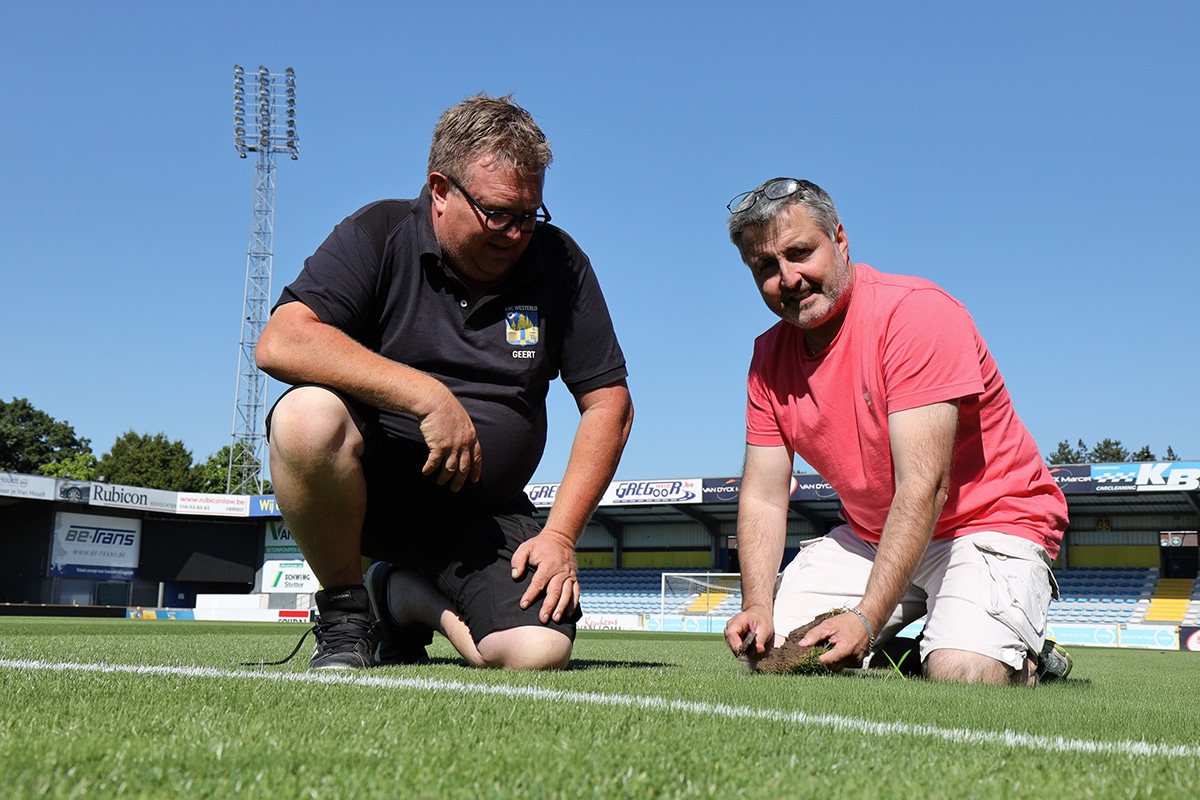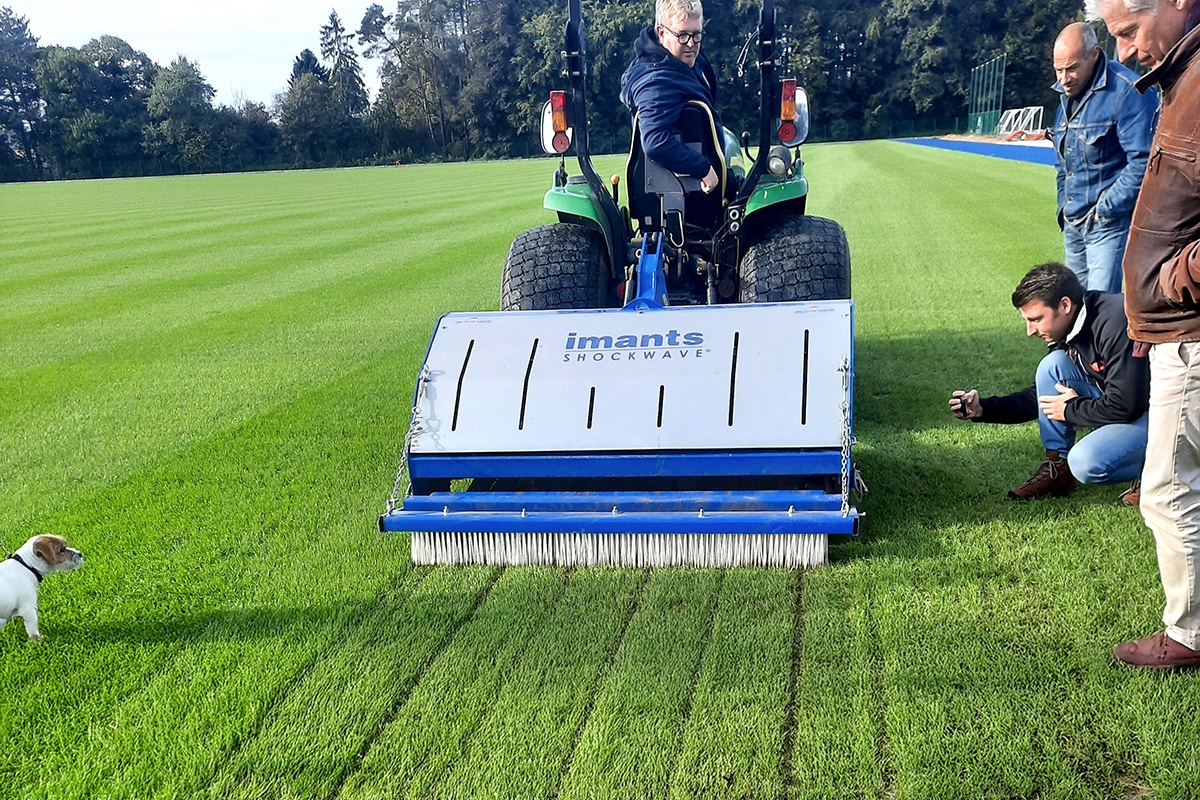
Not every pool requires a permit
Clear rules for water fun in own garden
For those looking to cool off in their own gardens, the general rule is very simple: a permit for installing a swimming pool is not necessary if you keep in mind some conditions.
Text Ineke Denys, DLV | Image Dreamstime
Covered or uncovered?
The exemption decree of 16/07/2010 describes that the placement of uncovered structures in side and rear gardens is permitted. However, keep in mind that the total area of paving exempted in the garden is limited to a maximum of 80 m². This does not include the area of the house and access roads necessary to enter the house, garage or a residential outbuilding. The structure must be located within 30 meters of the licensed or predominantly licensed dwelling, and the distance from the plot boundary must be at least 1 meter. If there is already an existing dividing wall, then the structure may also be built against it and you do not have to take into account the distance of 1 meter.
Are you more inclined to install an indoor pool? Even then you can invoke the exemption decree and do not need to apply for a permit. Here the conditions are a little more strict. For placing a covered construction, the maximum permitted surface area is limited to 40 m² instead of 80 m². Again, all present covered constructions in the side and back garden are added together and the total surface may not exceed 40 m². The structure to be placed is also limited in height to a maximum of 3.5 meters high. The distance to the plot boundary is broken down for covered structures to at least
1 meter in the backyard and at least 3 meters in the side yard. Again, you are required to raise the structure within 30 meters of the existing house.
What about existing buildings?
An old barn or vacant residential outbuilding can be perfectly converted into a pool house or indoor swimming pool. You are exempt from obtaining an urban development permit for conversion works without stability works and involving only changes to side walls, rear walls and roofs. Keep in mind that the physical building volume may not change, nor may housing be accommodated. However, a change of function is often required for the building. In these cases, therefore, there is an application for an environmental permit. Only if the building was already licensed as a residential annex, is it not necessary to apply for a change of function. If you do apply for a permit, then the possibilities for conversion works are much broader.
Relief modification
If you limit your plans to the excavation of a swimming pond or ornamental pond, then there is usually also additional paving and the above conditions also apply. Only works with a relief change smaller than 30 m³ are exempt from a permit if the height or depth over the entire area is less than half a meter. Here you must take into account that the application is not located in spatially vulnerable, erosion-sensitive or potentially or effectively flood-prone areas. Nor must the change in relief result in the partial or total filling of canals or watercourses.
In order to invoke the exemption decision, the application must not be located in spatially sensitive areas according to the regional plan, with the exception of park areas. Depending on the area where the application is located according to the regional plan, the possibilities are broader or more limited. So it is definitely interesting to consult the regional plan before taking any steps.
Other legislation
Local regulations can also impose additional conditions regarding the construction of a swimming pool. So, in addition to the regional plan, it is certainly advisable to take a look at the local regulations (RUP, PRUP, APA, BPA...).
And what about the environmental permit? Again, you are exempt if the pool is for private use only. If you want to offer it to your customers together with your accommodation, then you have to take into account the predefined measures.
Do you have plans to install a swimming pool, but cannot invoke the exemption decree because the conditions are too restrictive? If so, get in touch with our DLV advisors to explore all possibilities and make your plans
to be realized.




